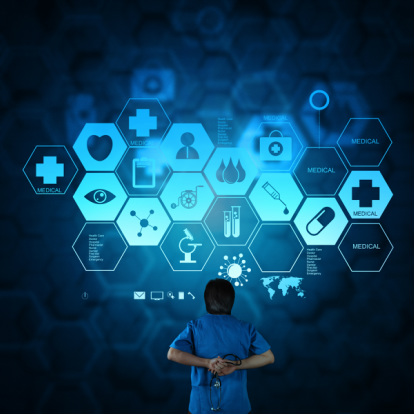| By Alexandra Caufin The verdict is in: Crisis has settled upon the legal sector. In 2012, only about 50% of new law graduates were practicing law within nine months of graduation. 27.7% were actually un- or underemployed, pursuing other degrees or leaving the industry altogether. At the same time, longstanding law practices continue the struggle to survive, slashing the jobs of even seasoned legal professionals. The culprits? Well for one, more and more new law graduates are appearing annually and they’re unfamiliar with the opportunities available to them beyond junior roles at law firms (who, by the way, aren't hiring). A growing client-base needing legal services for less means that clerks and paralegals are taking the roles that new lawyers once held. Alternatives that have popped up—virtual firms, automated risk management services, and online legal and dispute resolution—offer niche services at a fraction of the cost of law firms. We know this much: the game is changing and everyone will have to adapt. But in the eye of the storm, even legal experts say it’s difficult to know what the future of law practice will actually look like. |
Bridging the Gap: Building CLE for new lawyers and legal professionals
| And yet, amidst this time of crisis, bar associations have a strange new opportunity to step up and incite change. This means reorganizing to become central hubs for Continuing Legal Education (CLE), creators of modern knowledge communities, and indispensable resources for legal professionals and law firms alike. Associations like the National Association of Bar Executives, Iowa State Bar and the Pennsylvania Bar Institute have already begun to build virtually-minded programs that reach out to new graduates and longtime practicing lawyers, get a dialogue going and a pulse on the most pressing subjects now needed in Continuing Legal Education. | In the intricate conversation about why new graduates and first and second year lawyers can’t find paid positions, Ida Abbott, award-winning consulting lawyer and author puts it plainly: They’re inexperienced. At least that’s how they’re being perceived by clients and firms alike. The industry, she says, is losing so many brilliant minds because they need professional experience but are unaware of different legal careers paths. In creating rich, interactive, and accessible-from-anywhere learning environments, institutions who can bridge the gap have the potential to become as relevant as law schools themselves. And that’s where Web 2.0 comes in. |
Law Goes Digital: Modernizing CLE in content and delivery
| Why modernize? Like virtually every other industry, legal has seen an eruption of new commercial sectors. Online risk analysts who work virtually to provide legal advice; E-discovery specialists and litigation support that are research-oriented; virtual firms and web-based services that allow legal advisors to login from all over the world, enabling longer-hour access, rapid contact and communication, and often, reduced costs for the end client. With these online-based enterprises, an entirely new skillset is emerging in the legal sphere. How do we get our seasoned legal professionals up to speed? | Many bars are already looking to the on-the-go production of content now possible via mobile capture and platforms that go past simple live streaming from a physical facility. The technologies offer a way for lawyers and legal educators alike to engage in frictionless teaching and learning that can happen from their office desk or their iPhone or their kitchen table or even, from the courtroom. Bars can use sophisticated CLE programs to educate in job transitioning and help fashion a greater fluency with new technologies in the sector, ensuring that as the field modernizes, lawyers can modernize their own skills with it. |
Building the Network: Linking learning with e-mentorship
| Exhibit A: Law Without Walls. It’s a new initiative by the University of Miami law school. It brings together firms, legal corporations and law schools worldwide, setting students up with mentors and advisors. Among a mob of new challenges, creating virtual opportunities for new graduates to connect with one another and with more experienced lawyers, presents a major opportunity for bar associations to step up and be the matchmaker. | As the pre-existing middleman in the law community, bar associations can leverage the wealth of online technologies at their fingertips to construct a sustainable network: create cross-state, cross-province and cross-nation dialogue, facilitate information exchange, create online programs on competitive techniques for job seekers in the field. Help foster exposure to seasoned lawyers via online courses, webcasts, workshops and seminars. Establish e-mentorship programs and pair new legals with the role models that can help them develop the distinct professionalism that isn't taught in school. |
With these changes, bar associations have the opportunity to center themselves in what will be a new era of practicing law. Lawyers across North America are calling for change and if bars can be the ones to respond, they’ll become more than administrators, they’ll become a part of the education process at large.
Cited:
The Real Employment Numbers for the Law Class of 2012
Connecting Core Competencies: New Graduates and the Bar (Lecturer Ida Abbott)












